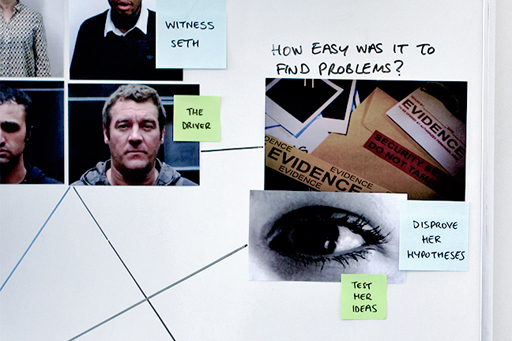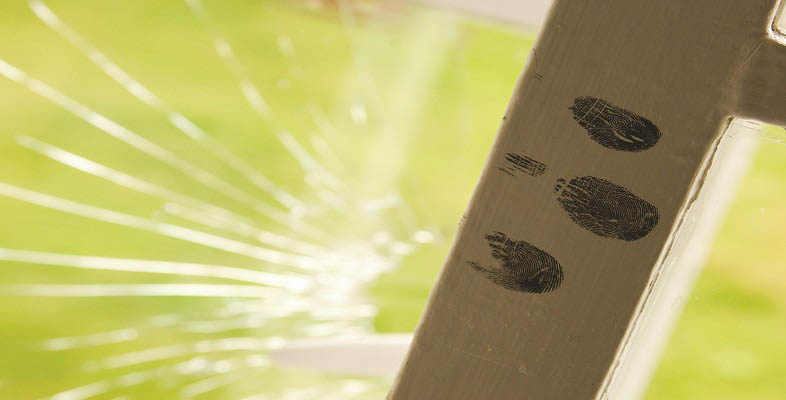2.3 Summing up DS Sund’s case

How easy was it to evaluate the evidence and the way it was collected, and did your evaluation match that of the expert?
As with DI Bullet’s investigation, there is the fact that the only evidence available was that of eyewitness testimony – which is not really reliable enough to build a case on in the absence of other evidence. However, unlike DI Bullet, DS Sund did attempt to evaluate the evidence objectively and test her ideas about what happened by looking for evidence that would disprove her hypotheses and rule people out of the investigation. In other words, she did not only look for evidence that was consistent with her ideas.
Two problems that you might have identified were:
- there were inconsistencies in the testimonies of the witnesses
- only one of the witnesses identified each of the suspects.
Although these points are worth considering, the question to ask is whether it is better to have one unbiased identification than two identifications from biased procedures. In addition, we should be suspicious not of two witnesses who disagree on certain details, but of witnesses who offer almost identical accounts – as the chances are this is either because of the co-witnessing effect or poor investigative techniques (such as the use of leading questions).
However, how much weight you place on the two investigations and the evidence gathered is entirely up to you.
